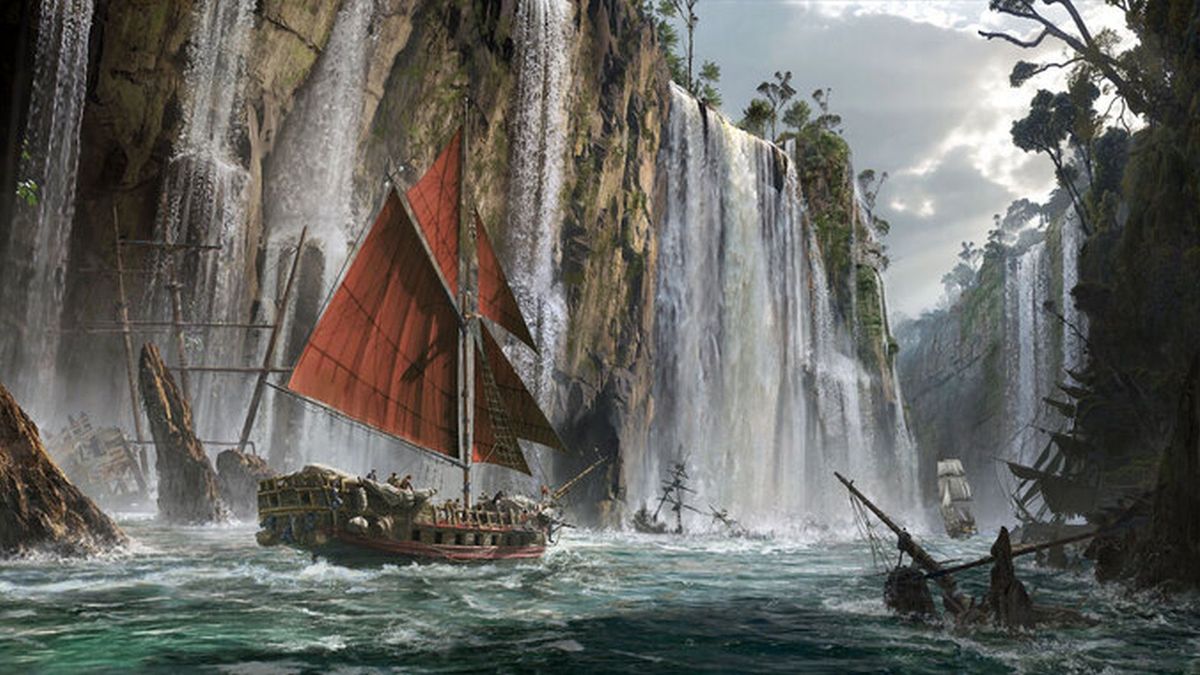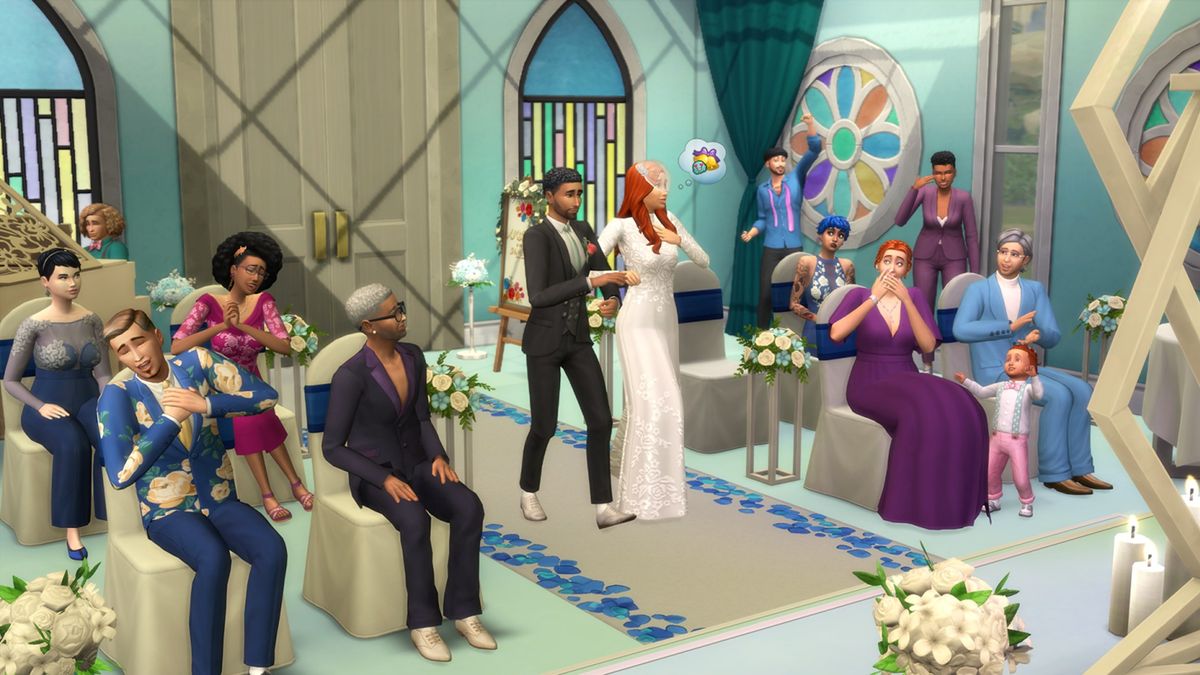By the time you read this, multi-character adventure platformer The Cave (opens in new tab) should be out on all its release formats –that is PC, Xbox Live Arcade, PSN and Wii U eShop –and as such you really should be thinking about playing it. Created by the man behind The Secret of Monkey Island at the company run by the man who made Day of the Tentacle, it’s as smart, funny and rewarding as that lineage would lead you to believe. It’s also the only game out this week featuring a sentient talking geological construction, so there’s that too.
So it was no small amount of enjoyment that we engaged in a lengthy chat with the first of said men last week, mid-way through our first playthrough of the game. We covered a whole lot of ground with Ron Gilbert, taking in The Cave, the secret of balancing horror and laughs, how he wants to make the real Monkey Island 3, and why gaming is currently in its best health in years. Read on. There are many words to get through, and they’re all good.
GamesRadar: The Cave is quite a bit more disturbing that I was expecting. I don’t know if I was just playing it too late at night. Is that what you were going for?
Ron Gilbert: [laughs] Yeah, you know I always wanted it to be kind of a dark game in some ways, with a kind of dark humour. That was definitely intentional. I mean not to scare you at night…
GR: That’s probably my own fault. Rather than the cave setting itself, the feel comes more from the characters themselves and the sense of never really knowing who you’re playing and what their motives are. And the way The Cave talks to the player directly as a separate entity from the characters, making you feel complicit in their actions rather than letting you comfortably inhabit them.
RG: Right. That was kind of the goal, to have these seven characters but not be completely sure why they were here. At the beginning The Cave introduces the characters in those quick little sentences, but that’s not really why they’re there. And so it’s just kind of to add a little bit of mystery to that.
That was one of the main reasons I didn’t want the characters to talk. Because I think when they don’t talk it just makes them a little bit more uneasy, because they’re not saying anything when you’re going through and doing this stuff.

GR: Well I’ve got The Twins in my party…
RG: Oh yeah, well they’re particularly… [laughs]
GR: They terrify me but I love them. But yeah, the fact that they don’t speak creates a great meta-narrative where you mentally sketch out the relationships as you watch them help each other out. It felt really wrong making the Knight help them to [spoiler removed]. Like “He’s not a great guy, but he shouldn’t be doing this!”
RG: [laughs] Well you know I think all of those characters are just a little bit broken. And I’ve always been interested in characters in movies or in books or in anything where the characters are just a little bit broken. I always found those to be very interesting characters because as a writer and as a person who creates things it’s always been fascinating to me how you can create a character who is at some level a bad person but also needs to be engaging to the person playing the game or watching the movie or the TV show. They have to be a character you like and are engaged with, but they can still be a little bit off and wrong.
GR: And it can actually make them a bit more relatable. Most people don’t think they’re that great a person, or are aware of their own flaws. But a lot of games aim for badass heroic empowerment instead. How did you strike a balance?
RG: A lot of that balance came from The Cave himself. He was always the person who could provide a little bit of sanity to what’s going on. Because you felt in some ways as you work through the game that “Okay, he’s a little bit in control here. These people are doing really awful things but I kind of feel okay because I think The Cave is in control. The Cave is going to make sure nothing horrible horrible happens” So really he became that character who could make you feel a little bit safer in a way.
And also the humour. I think if you do something that’s got a little bit of dark humour to it, that eleviates a little bit of the tension.

GR: In a way The Cave is like the Willy Wonka figure.
RG: Yeah, that’s a good analogy.
GR: Knowing that you were going dark, what was your limit? Was there anything you had to cut along the way?
RG: Well you know I didn’t want to have anything that was very visceral or bad or bloody or gory. I think the only blood in the entire game is just in [spoiler removed]. And you never see it actually happen. I wanted any of that stuff to be stuff you didn’t necessarily witness first-hand. I mean the Twins [spoiler removed], but you don’t see them [spoiler removed]. You see five seconds after it’s happened. So one thing was to really keep it a little bit removed from what was happening.
GR: And it’s funnier that way.
RG: Yeah it is, because it’s more of a shock.
Current page:
Page 1
 Game News Video Games Reviews & News
Game News Video Games Reviews & News



